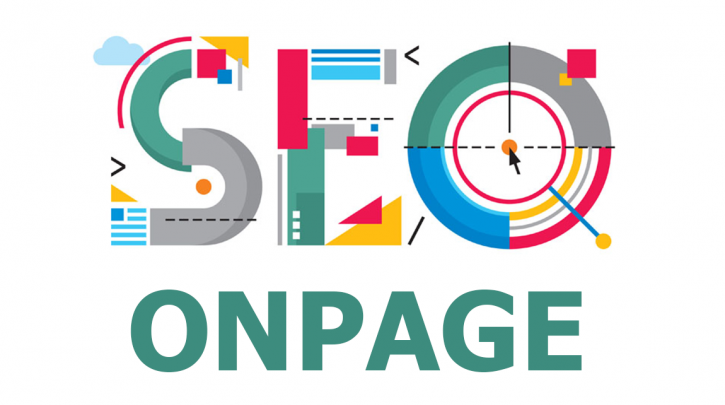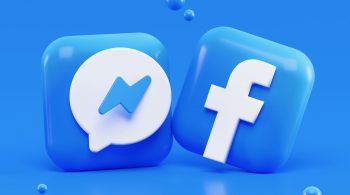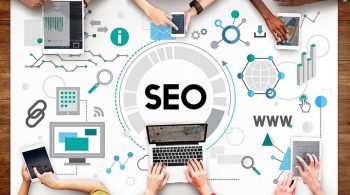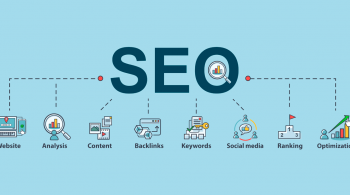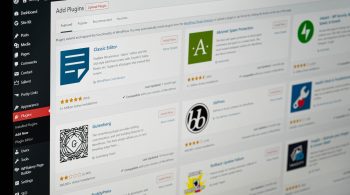What is On-Page Seo? What does Seo On Page include? Those are the tips and ways to help your website to be on the top of search, thereby increasing the possibility of being known by more customers. In the following article, we would like to share about the information related to the concept of Onpage SEO for those who are learning about SEO .
On-page SEO is the work of optimizing inside your website. This is repeated every time a new post is updated. Aim to improve search rankings on search engines (google, chrome, bing, …). Words help you have the opportunity to be visited and known by your customers.
Why to optimize Seo On Page?
- With search engine
Onpage SEO optimization helps “google bot” understand and crawl your web better, faster. Because just performing standard web SEO is not enough, besides, it is necessary to combine more from Onpage and Offpage SEO techniques. The purpose is to help google rely on it to evaluate your quality and reputation.
- With user access
SEO Onpage optimization helps your website become more visitor-friendly. Helps you get data from reviews, helping you better manage your content and optimize your articles. The ultimate goal is to enhance the user experience, thereby generating conversion rates.
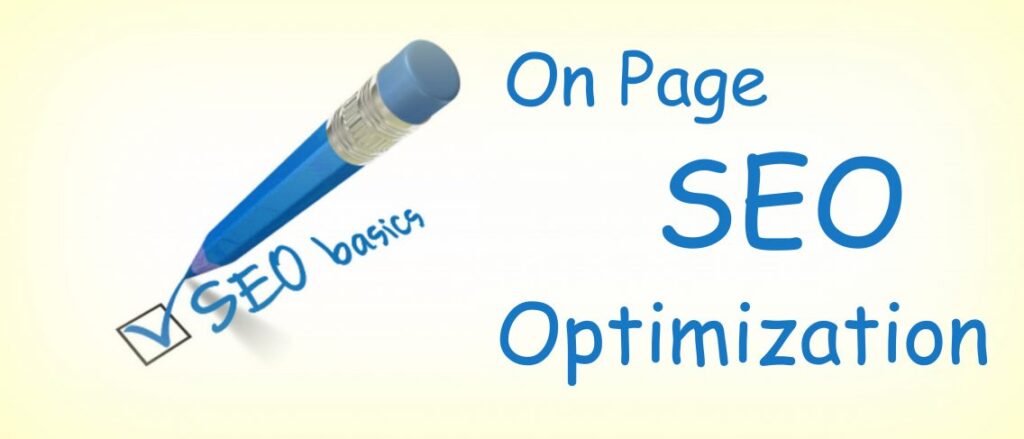
What does Seo On Page include?
Here are the things to do to help SEO On Page be more optimal:
Optimizing URLs in Seo On Page
What needs to be done is to help shorten the URL, as short as possible to increase the likelihood of being ranked. You should use the main keyword with the highest search volume and put it in the URL. But make sure the two main factors are short, enough (50-60 words) and the URL is both relevant to the article and contains the keyword.
Title tag optimization
The title is the first factor that makes customers attracted or not after google returns the search results. At the same time, optimizing the title helps crawl data faster and more accurately.
Tips to help optimize Title tags like
- Each Title should be separated by a – or l.
- The title should contain the secondary keyword (the second highest keyword because the main keyword to enter the URL)
- The title and URL should not be the same
- The first seo keyword is often prioritized to increase ranking and CTR rate
- Title contains enough keywords, not keyword stuffing.
One way to optimize the homepage is to add the brand name to the title, and the title must be related to the brand name or domain name.
Optimizing Heading tag in Seo On Page
The work to be done to optimize the assigned heading tag includes the following contents:
For Heading 1 you need to know:
- Must contain important keywords above level 3, after URL and Title
- Heading one should show a brief overview of all the content of the article. (May be the same as Title)
- An article can only have 1 Heading 1
- Heading 1 should be an LSI keyword – a keyword closely related to the semantics of the main keyword. For example “printer”, the LSI keyword is “home printer” “office printer”.
For other cards from H2, H3 you need to pay attention to the following:
- Be brief but still describe the main content of the paragraph
- Subheadings can be more than one title
- Limit keyword stuffing and focus on content
You can use a tool to check Heading quickly like SEOquake or Web Developer.
Alt tag optimization
It is to help optimize images, help google bots quickly recognize text content. So what you need to do is:
- Make a descriptive name without accents, and there should be a hyphen (-) between letters. Example anh-mo-ta-minh-hoa-toi-uu-the-alt-trong-seo-onpage
- Optimize descriptions for images.
Bold . card optimization
Bold tag helps to emphasize the article content more. Using this tag helps Google Bot quickly identify your main content.
Internal link optimization
Plays an important role in building navigation web topology. This optimization helps navigation articles relate to each other on a topic or content. Help readers find complete and consistent information faster.
Content optimization
Optimize TOC: In order to help the index of articles, the index of the whole website is arranged scientifically, making it easier for users to find. It is seen as a way to increase a good user experience.
Optimizing article length: Each SEO article should be between 1000 – 1200 words in length. In-depth analysis articles should be between 2000 and 3000 words in length.
Optimizing content: Ensure the main meaning and message of the article you want to target. Because the main purpose is to provide useful content to users, and use technology to let visitors know your sharing. Websites that provide quality, systematic content, unique content, and appropriate delivery help visitors visit more often.
Advanced SEO On Page optimization standards
Optimizing meta description tag
Meta description is the short description displayed under the main title of the article. The description can be from 120 – 150 words. Provide brief and brief information about the content of the article. Content optimized meta tags through short, attractive sentences help readers feel curious and interested.
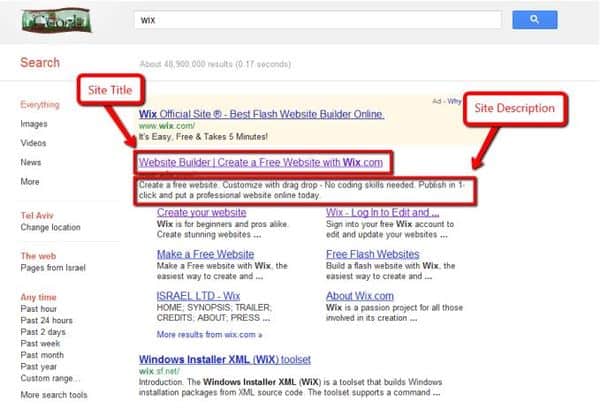
Optimize title and description
Optimizing readability
It is to optimize the reader’s ability to gather information through the articles. Which the main factors affecting it are:
- Bounce rate
- Reading time
- Conversion rate
- Feature Snippets are advanced snippets that increase your chances of being in the top 10 in search.
Optimize content depth
The way to optimize in depth is to show the association between headings. For example, the article about office printers has the following outline:
What is an office printer?
Criteria for choosing an office printer
Some types of cheap office printers
Where to buy office printers?
….
Feature Snippet
These are the in-depth factors that contribute to improving search engine visibility.
- Reputation of the set of keywords
Websites with good rankings are highly ranked by Google. That web creates sets of related keywords, contributing to credibility and trust.
- Accuracy of information
Information provided publicly should be accurate. Information will be collected, compared and compared with the official website made and evaluated by Google Bot.
- Advanced readability optimization
Doing this requires support from Yoast to help provide suggestions for you to do better. At the same time, to increase the attraction, you not only provide images but also need to add videos to make the article more vivid.
Internal link and Outbound link
These two elements need to be combined in one article.
Internal links support faster information collection, help users navigate easily and create a unified link between articles.
Outbound links are links outside the website. In order to create a link between the web to help google better understand the content of the article and also help create trust many times.
Improve page loading speed
Page loading speed affects user experience. It has the ability to decide whether visitors read your articles or not. There are many ways for you to improve page loading speed. You can use the Google PageSpeed Insight tool to check and follow the recommendations given:
- Reduce CSS, HTML size
- Use Photoshop so that the image is not blurred or broken
- Optimizing your website code
- Limit web redirects as much as possible
- Reduce image size.
Need to ensure the web experience on mobile devices (Mobile-friendly)
Mobile users are almost always more and more interested in google. Therefore, you need to design a mobile-friendly website so that it does not affect web rankings. In addition, you should optimize the visibility of some of the following factors:
- Installing AMP on your website helps speed up page loading.
- Limit the display of the registration form because users are easily annoyed. You should place the form in the most appropriate positions and should limit placing many forms.
- 18/301 redirect helps you shorten the URL. (Note that if your article ranks in the top 3, you should not edit the URL because it will affect the web structure)
Social share
It is thanks to the sharing of articles on social networks that help increase reach and be appreciated by Google. So you should create articles with quality content and share on social networks!
Security factor https and 404
Information security is extremely important for today’s technology development. Therefore, google appreciates and prioritizes websites with https.
Tools to support Seo On Page
The fastest and easiest way to support onpage optimization is to use a tool to support onpage testing.
- SEOQUAKE: a tool to help check and diagnose your website’s onpage website. Evaluate parameters such as PageRank, Index site, Age Domain, Backlink Analysis, external link, internal link, keyword density, etc.
- Screaming Frog: The application supports running on Windows, MAC OS, Linux operating systems. Use to check URL structure, Title, Meta description, Heading, External Link
- Website Auditor: software to help optimize website structure. It helps to check the page for its structure and factors related to HTML coding. In addition, it also gives warnings when the link is broken, helping to control heading problems, ..
- Yoast SEO: is an extension pack Plugin for web support made of WordPress. Helps optimize SEO. Including keyword optimization, unique standards, sitemap testing, robots file, permalink, etc.
- Schema Pro: Another plugin that automatically generates chema on WordPress. Help automatically Schema settings for each post, each page.
And that is the information about what On Page SEO is as well as the On Page SEO work checklist that we want to send to our readers. Hope this article helps you to increase your rankings in the top search engines.

